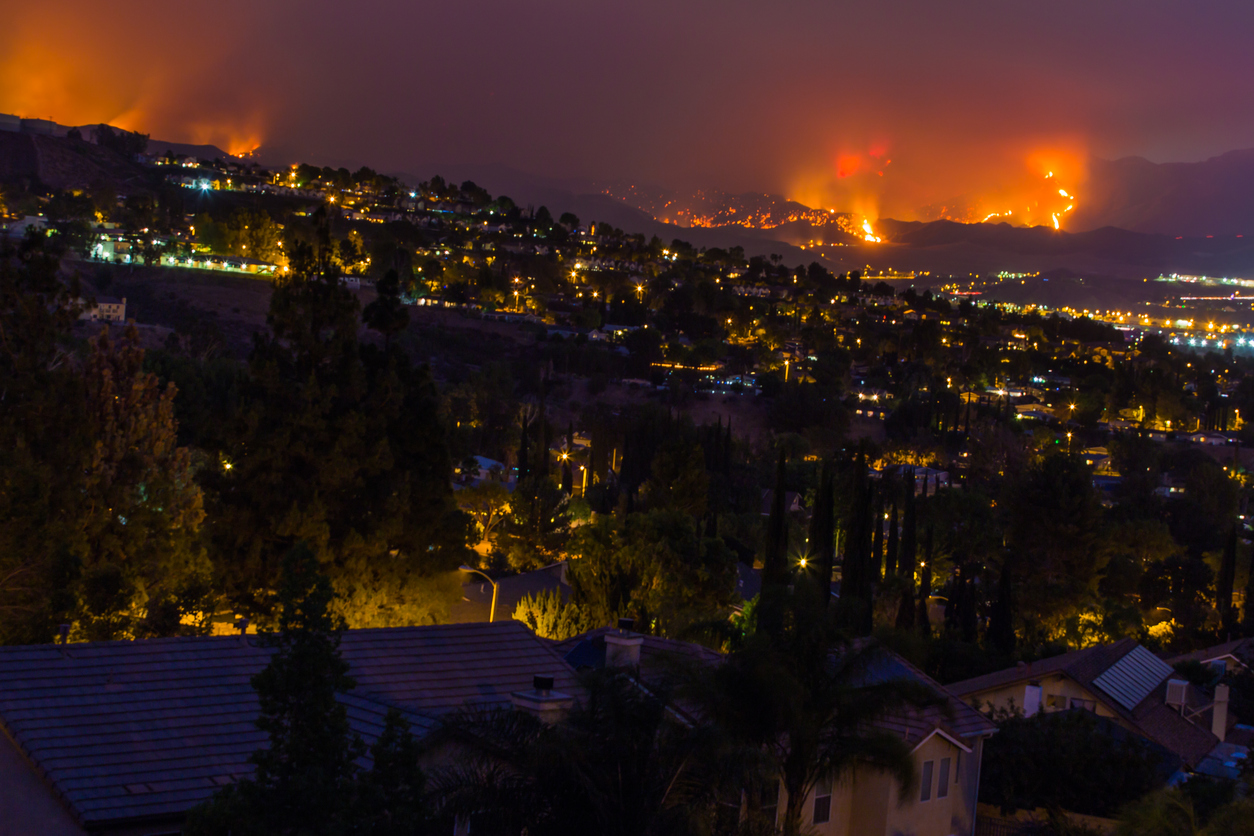“While our research has been in the works for the last year because of California’s catastrophic wildfires in 2017 and 2018, the wildfires we’ve seen in recent weeks makes these findings all too real and timely,” said Sean Kevelighan, CEO, I.I.I. “The increased severity of these wildfires stems in part from too many people residing in harm’s way. Builders and residents need to focus on how to be more resilient, or reconsider altogether whether to place homes in certain areas.”
The Camp Fire, which began on Nov. 8, 2018, killed 85 people and caused $8.47 billion in insured losses in Butte County, according to the California Department of Insurance (DOI). The insured loss dollar figure represents the payouts to customers as of May 2019 from the Camp Fire’s 28,118 auto, residential, and commercial property insurance claims. The Insurance Information Institute estimates, however, the Camp Fire’s insured auto, residential, and commercial property insurance claim payouts will total anywhere from $8.5 billion to $10.5 billion, when all Camp Fire-related claims are paid.
“Building codes that incorporate fire-resilient construction, such as fire-resistive roofs, can help protect new housing stock from wildfire damage,” the I.I.I. states, in its just-released white paper, Fighting Wildfires with Innovation, which cites the insurance industry’s support for groups like Stronger California. "For example, an analysis found that 51 percent of houses in Paradise, California built with the state’s updated 2008 building codes survived the 2018 Camp Fire; in contrast, only 18 percent of houses without the updated building codes survived.”
The I.I.I.’s paper explains how insurers are encouraging customers to harden their homes by installing Class A fire-rated roofs, metal screens which cover all vents, and double or multi-paned tempered glass windows. “Creating what’s called a defensible space around a structure can significantly reduce the risk of embers and surface fires spreading and igniting the structure,” the I.I.I.’s paper also notes.
Moreover, the I.I.I.’s white paper addresses the regulatory challenges insurers face amid the growing frequency and severity of wildfires, especially in California, where that state’s DOI prohibits property insurers from using either the cost of reinsurance—insurance purchased by insurers—or catastrophe models when setting property insurance premium rates.
“Instead, insurers are often required to rely only on their own historical loss data to set prices, regardless of what the anticipated future risk might be,” the I.I.I.’s paper says. “This could result in underpricing of wildfire risks in some areas, since there might be as yet little historical loss data for catastrophic losses—even in high-risk areas. Some have argued that the cumulative effect of these and other regulations may be creating an unsustainable financial environment for insurers that seek to offer property insurance in high-risk areas, since they cannot accurately price risk.”
The Insurance Information Institute’s wildfire paper is the first in a series which will examine how the insurance industry supports resilience to natural disasters and extreme weather events. Fighting Wildfires with Innovation includes charts illustrating how states such as Arizona, Colorado, Idaho, Montana, and Texas face extreme wildfire risks, too.













